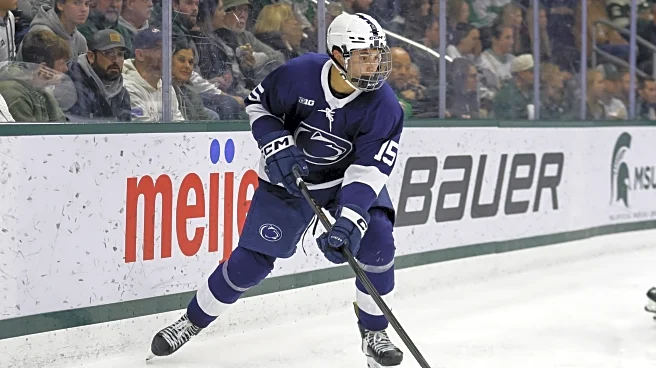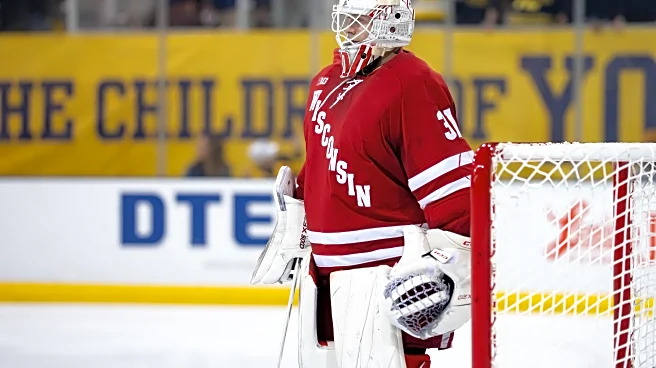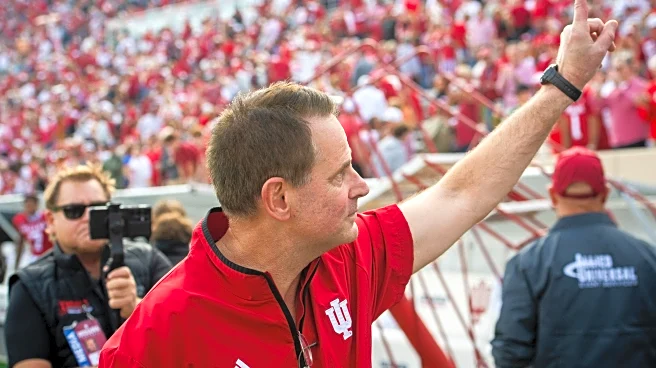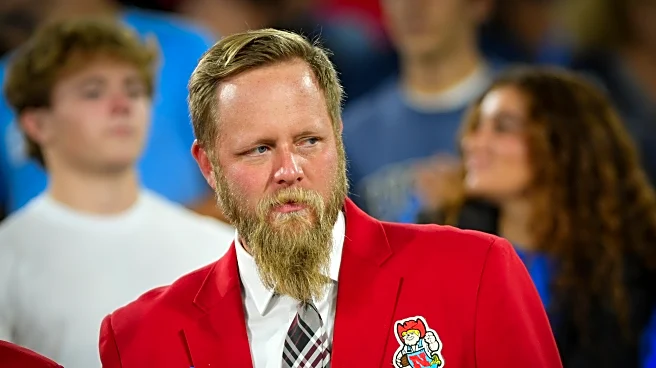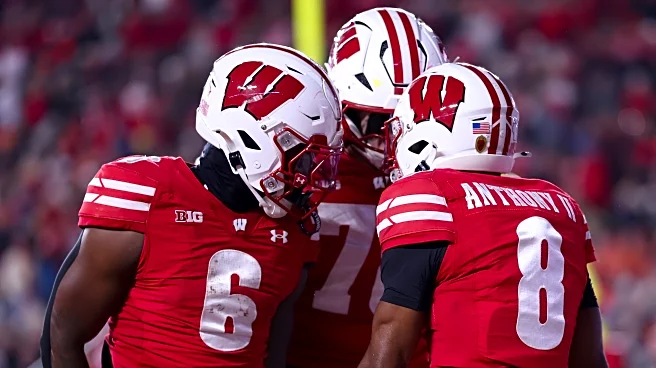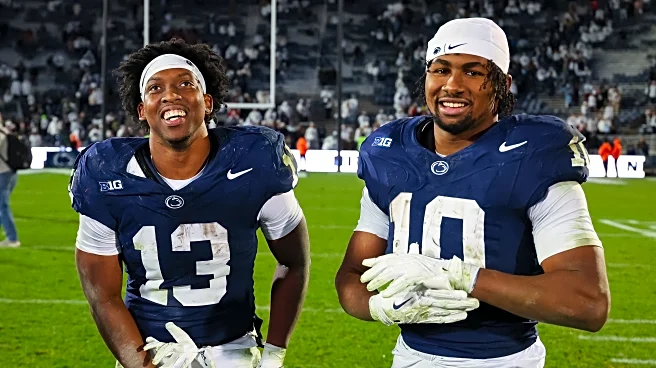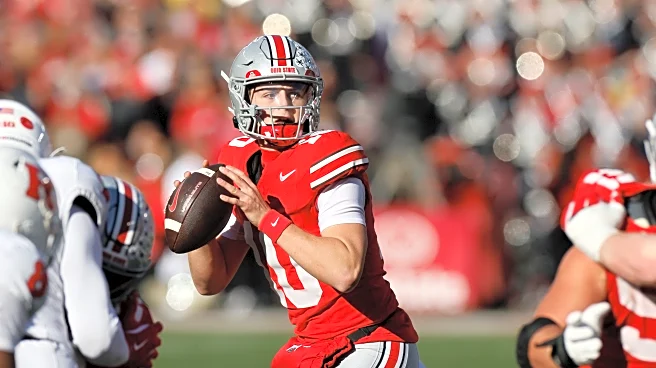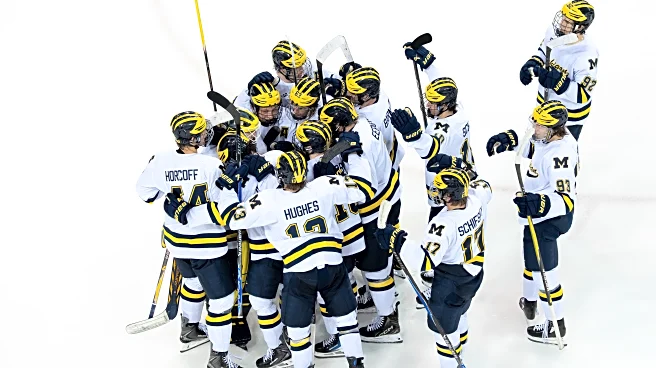While football takes the spotlight on Thanksgiving Day, the Wednesday before Thanksgiving is one of the biggest nights of the year for hockey. Having Andouille lentil soup for dinner and watching the Penguins game on Thanksgiving Eve is an annual tradition for my family just as much as the turkey and stuffing.
With Thanksgiving Eve tonight, I’m already in hockey mode, but for film room this week, I wanted to look back at the Penn State power play, which started off hot but has been a culprit in the team’s
recent struggles.
Penn State went 0 for 17 on the power play in its recent 1-4 stretch against Michigan State, Michigan, and Minnesota. Two of those losses were by just one goal. Any success on the power play in either of those games could have lifted Penn State to a win- or at least allowed the Lions to pick up critical points in the Big Ten standings. Aiden Fink’s injury is certainly a factor, but there is too much talent on offense for them to fail on 17 straight power plays.
The power play was 0-for-3 in Friday’s 3-2 loss to Minnesota. The unit’s first attempt came early in the second period, with Penn State holding a 2-0 lead and now with an excellent opportunity to make it 3-0 on the road.
Charlie Cerrato won the opening faceoff, which Penn State needed to set up the power play formation. Minnesota is in a basic box formation. The defensemen are parked in the low slot near the goalie, and the forwards are up high at the top of the faceoff circle, which roughly forms a box:

The idea with using the box penalty kill is to take away the prime scoring chances in the middle of the ice. The open shooters for Penn State are on the perimeter, as JJ Wiebusch and Matt DiMarsico are covered in the low slot. Minnesota is content to give Penn State any looks they want from the outside, and it works:
Mac Gadowsky and Gavin McKenna each shoot a low-percentage shot from the outside that both get blocked in front. Matt DiMarsico tries to move in and dangles past a Gophers defenseman, but his shot is stopped, and Penn State is outnumbered in the slot and unable to get a rebound chance.
Minnesota cleared the zone after two consecutive faceoffs, and the power play died a painful death from there. On the next zone entry, Gavin McKenna fed the puck to JJ Wiebusch at the blue line, but Minnesota is already set in its penalty kill formation. With no support, Wiebusch tries to get the puck across to Matt DiMarsico, but he is essentially skating 1-on-4, and his pass is easily intercepted and bounces conveniently to Airey, who freezes the puck:
The last 40 seconds of the power play was a comedy of errors. It took everything to not put Yakety Sax in the background:
Minnesota wins the initial faceoff and sends the puck around the boards on the far side. Jackson Smith is left on an island trying to keep the puck in the zone with a Gopher pressuring him, which too often has not ended well. Minnesota forces a turnover and races back the other way shorthanded. A nice backcheck by Gavin McKenna prevents a shorthanded chance, but the Gophers simply play keep-away instead until there are 22 seconds left on the power play. McKenna then tries the stretch pass to Reese Laubach, but Cal Thomas wipes him out at the boards and clears the puck all the way down.
The Gophers took all the momentum from killing off the penalty and scored three unanswered goals in the period. Penn State had a power play late in the third period on a questionable tripping penalty, but again the power play continued to play right into Minnesota’s trap with bad zone entries, poor shot selection, lost faceoffs, and turnovers.
And then we have Saturday’s game, where Penn State scored a critical power play goal in the second period to swing momentum. Here is the sequence from Charlie Cerrato’s goal:
This time, Penn State keeps two of its five skaters back at the point and has three forwards in the faceoff circles. Gavin McKenna is the key to all of this. He has only scored four goals this year, but he draws the attention of the Minnesota skaters. You can see Minnesota move away from its box formation right here, as the skaters are watching McKenna:

This is the exact moment that the scoring chance breaks wide open for Charlie Cerrato. It is a lower percentage chance than if he were closer to the net, but there is a ton of open ice in front of Cerrato to create a shooting lane. All McKenna has to do is get the pass across to him, and he does. Cerrato slaps it home past the shoulder of Nathan Airey, who is unable to get across in time.
Big Picture
Teams have been playing aggressively against Penn State’s power play because as we saw on Friday night, one zone clear is frequently all the opposition needs to get the Lions off their game on the man advantage. When Penn State is sloppy handling the puck, all hell breaks loose, and teams get shorthanded chances. But when the team’s passing is crisp, the Lions can be more assertive in the offensive zone instead of timidly passing the puck around near the point.
As the new players continue to become familiar with each other and the system, those connections should get stronger. Last year’s team improved from the midway point onward for mostly the same reason. Unless the goaltending completely falls apart in the second half, this is a team that should grow as the season goes on.
